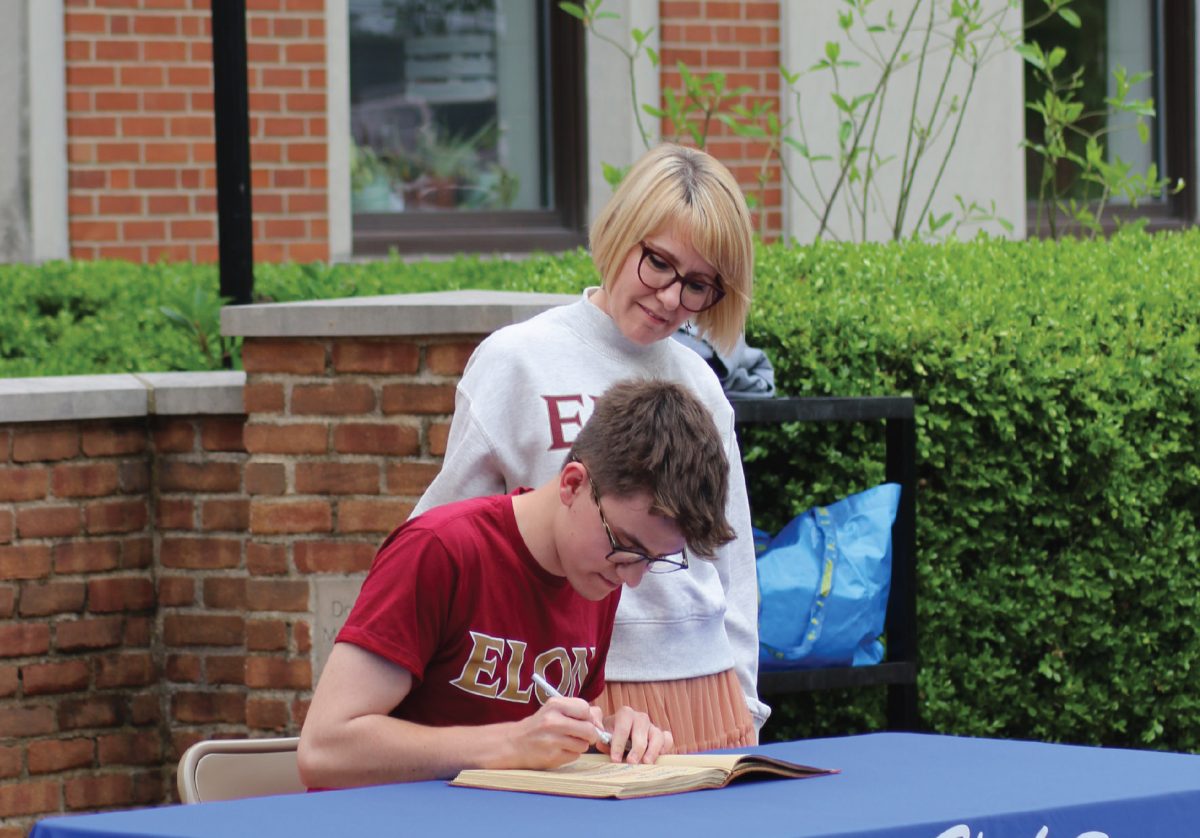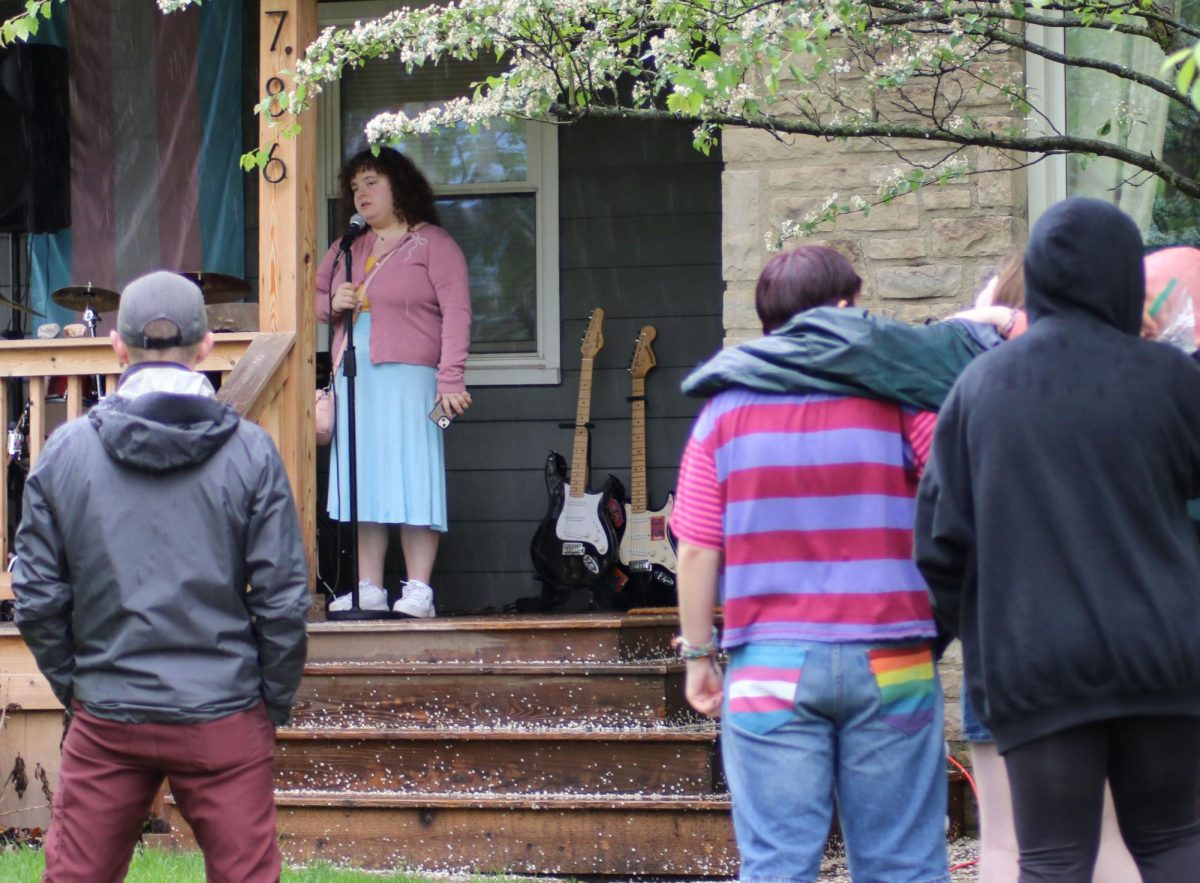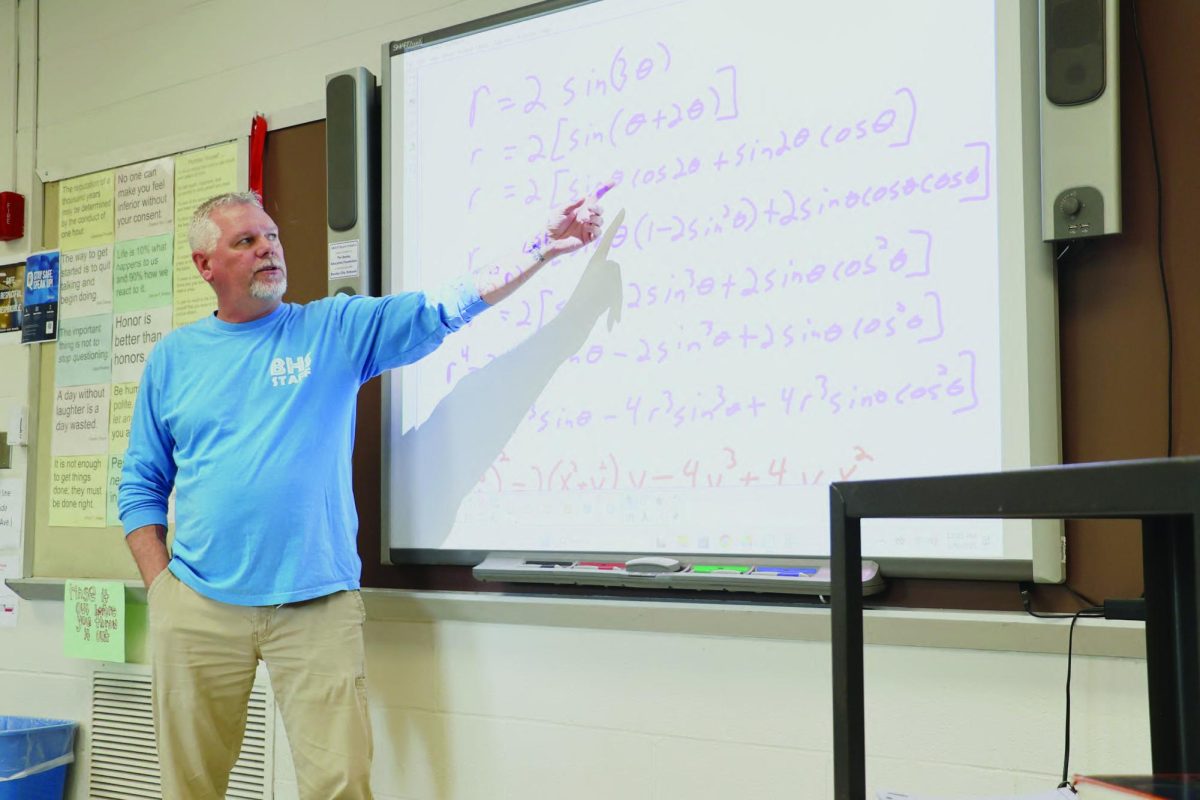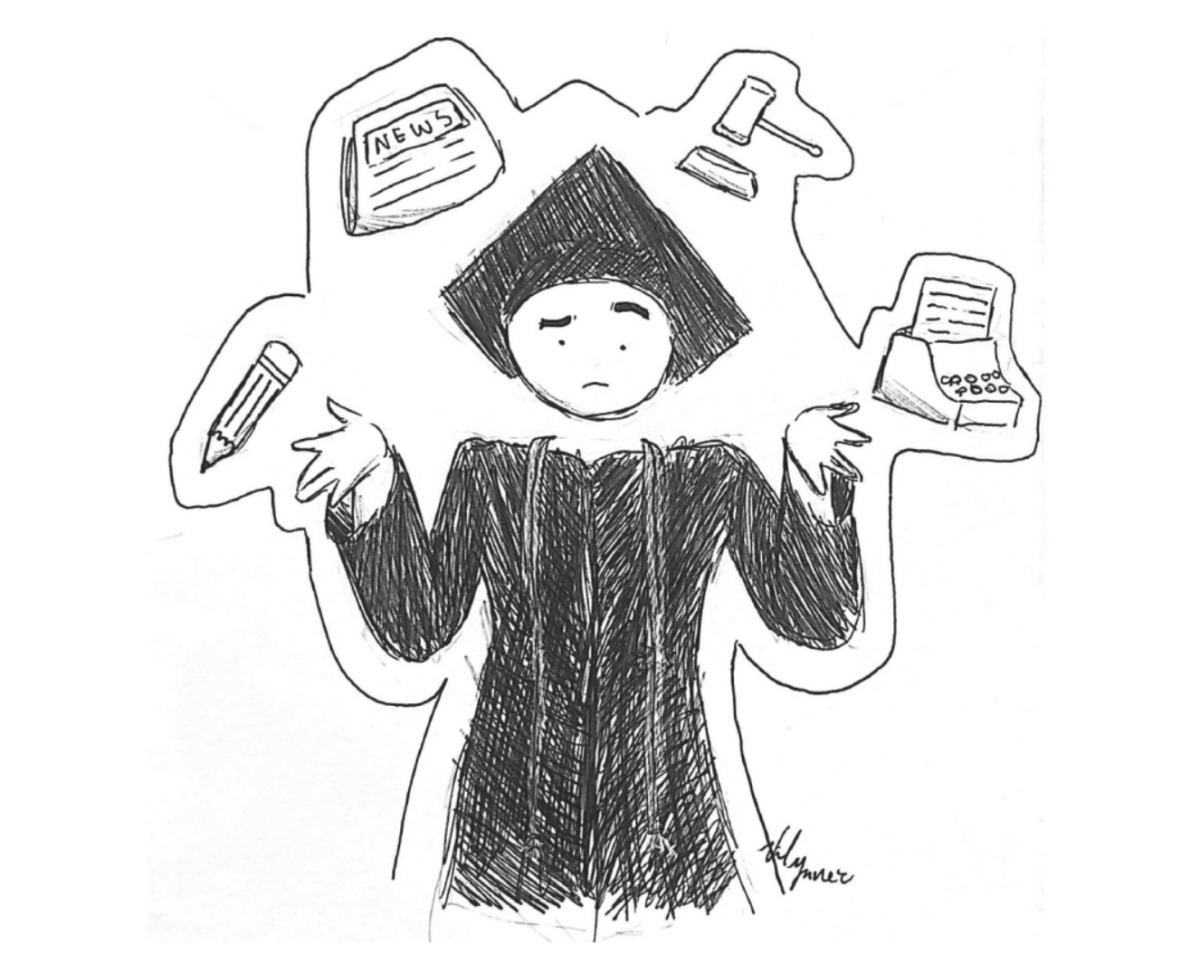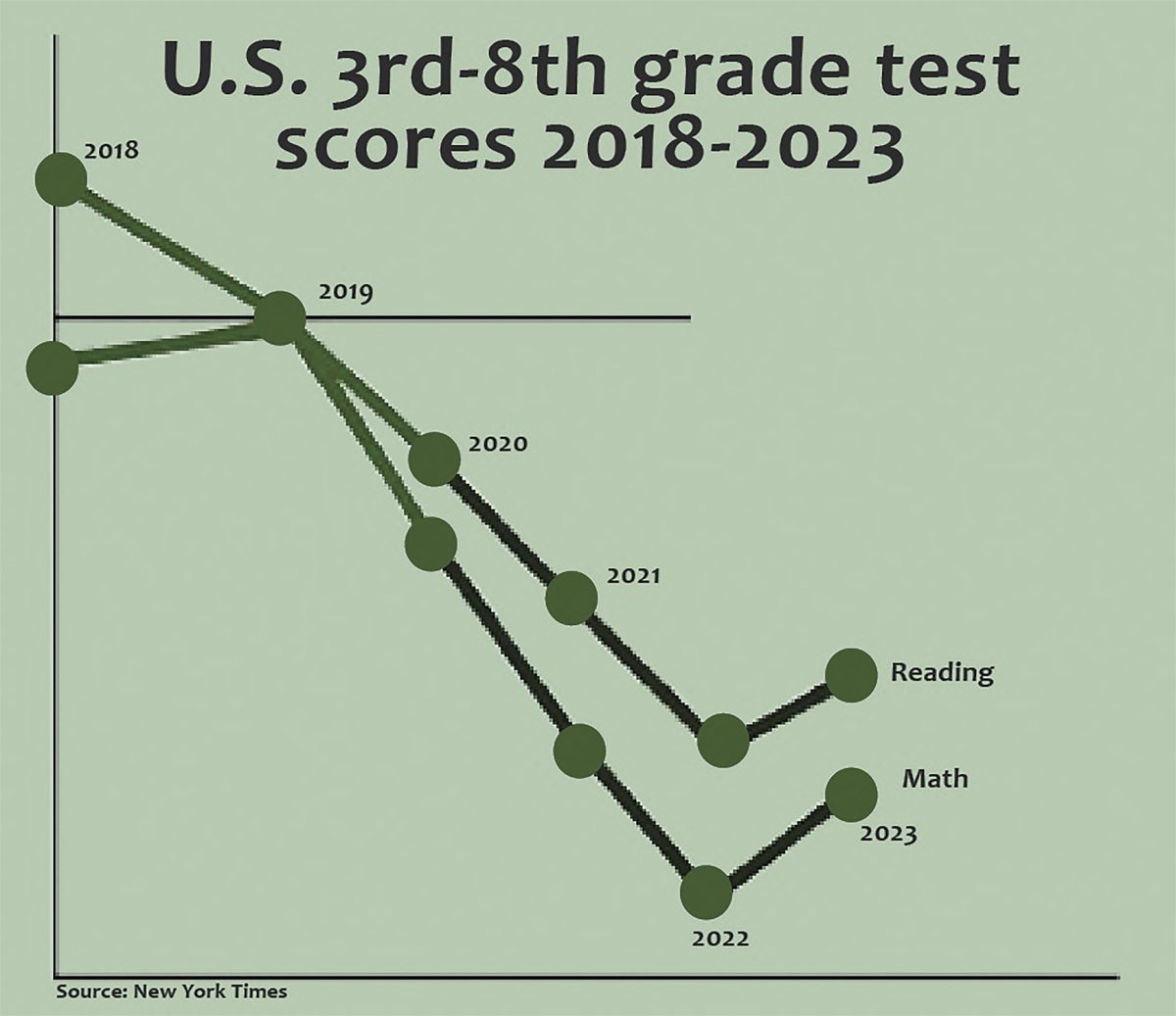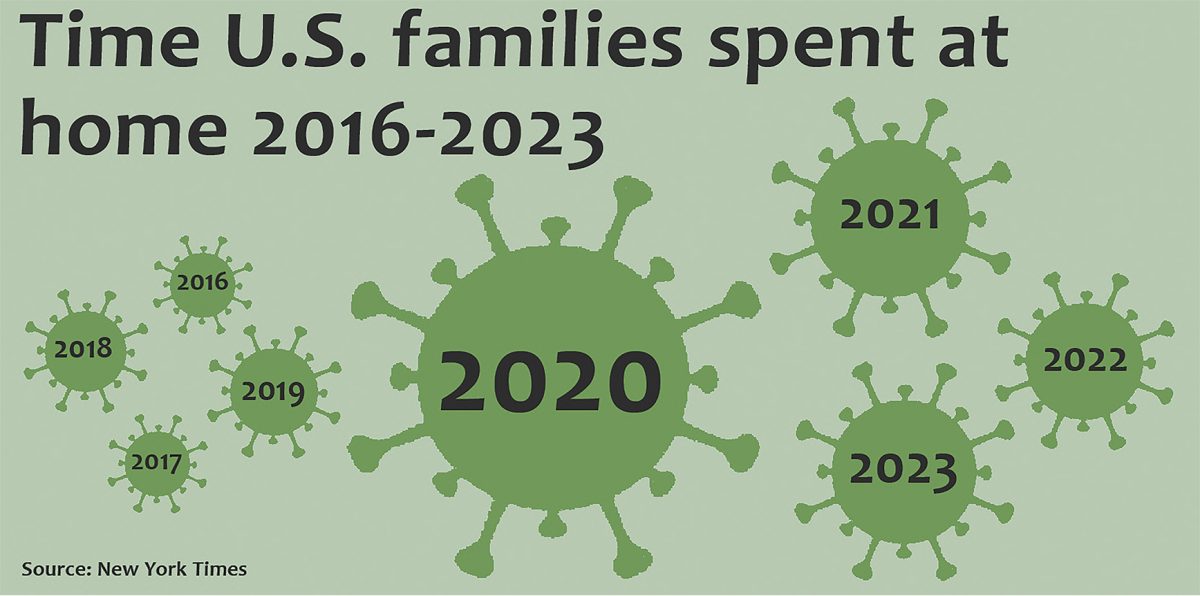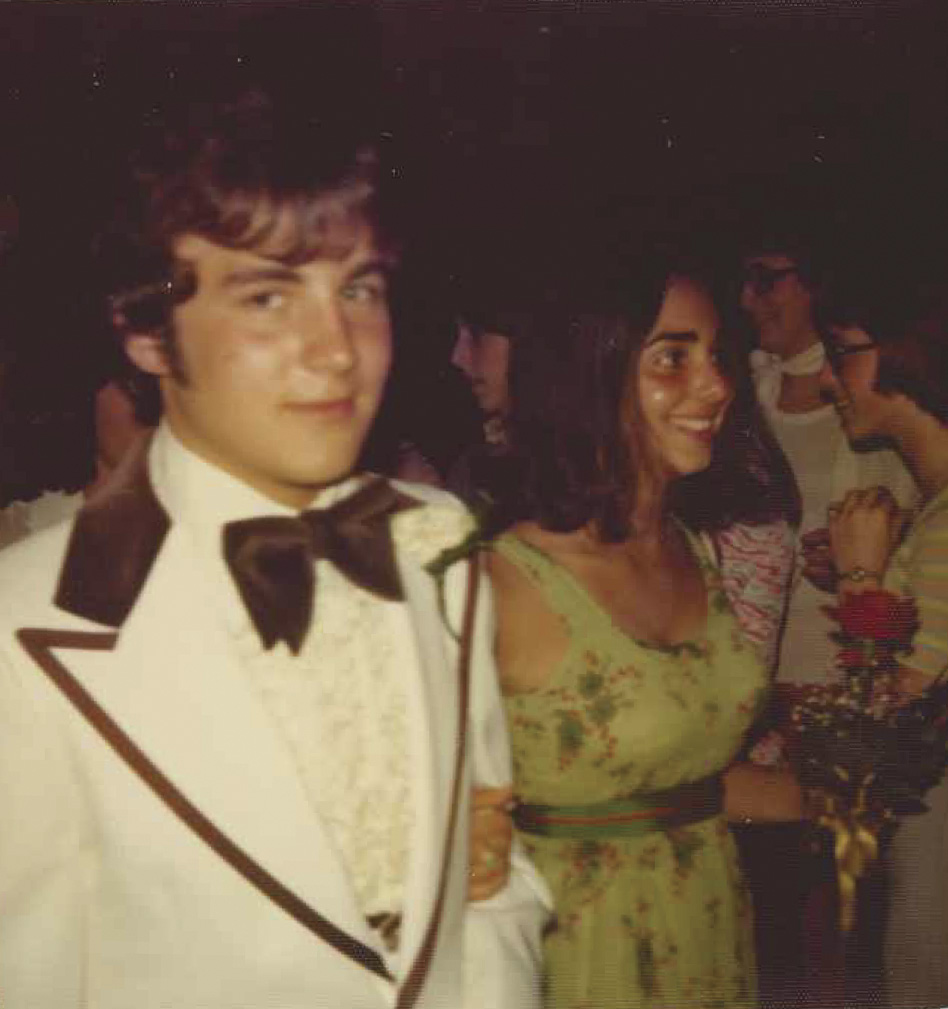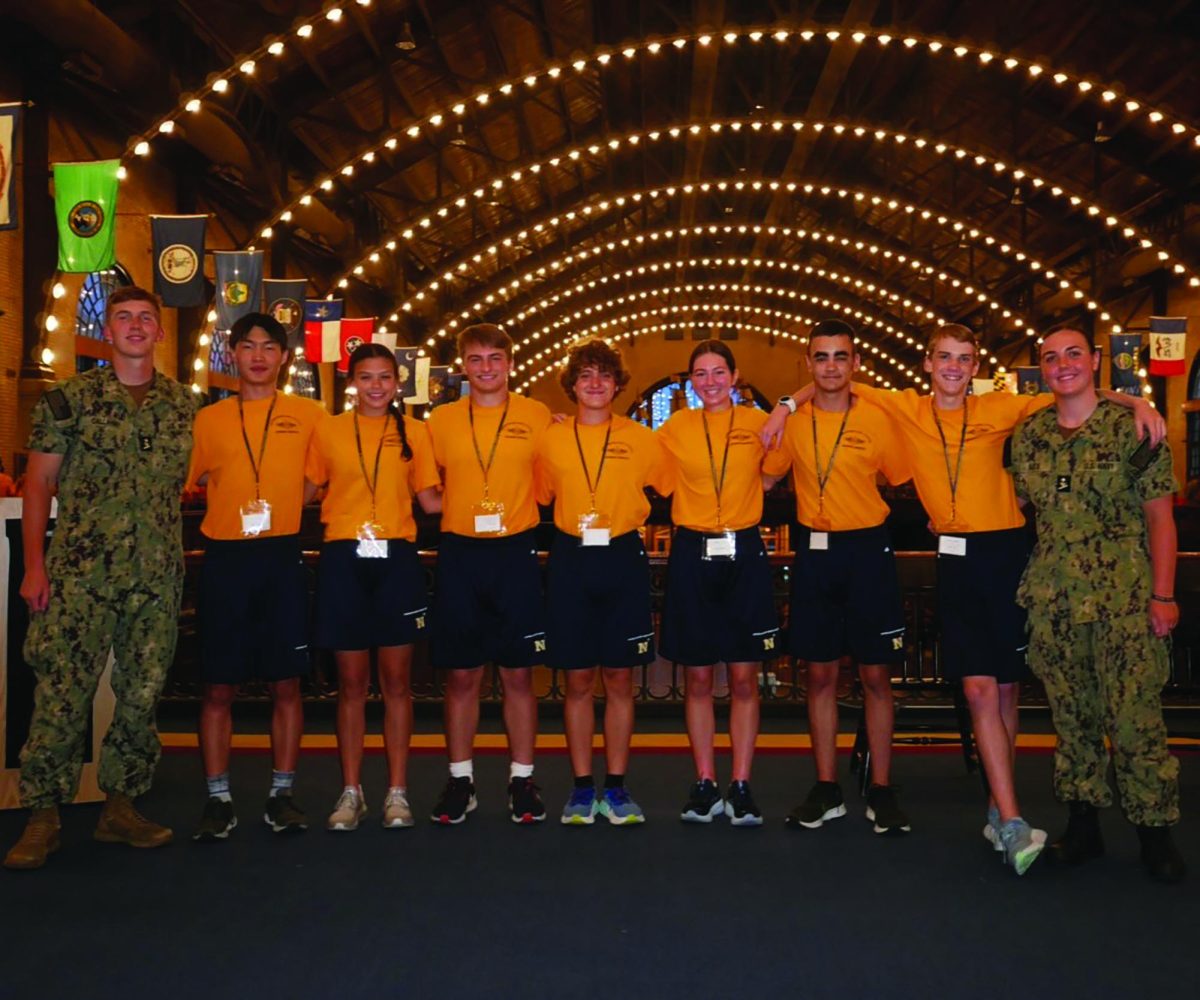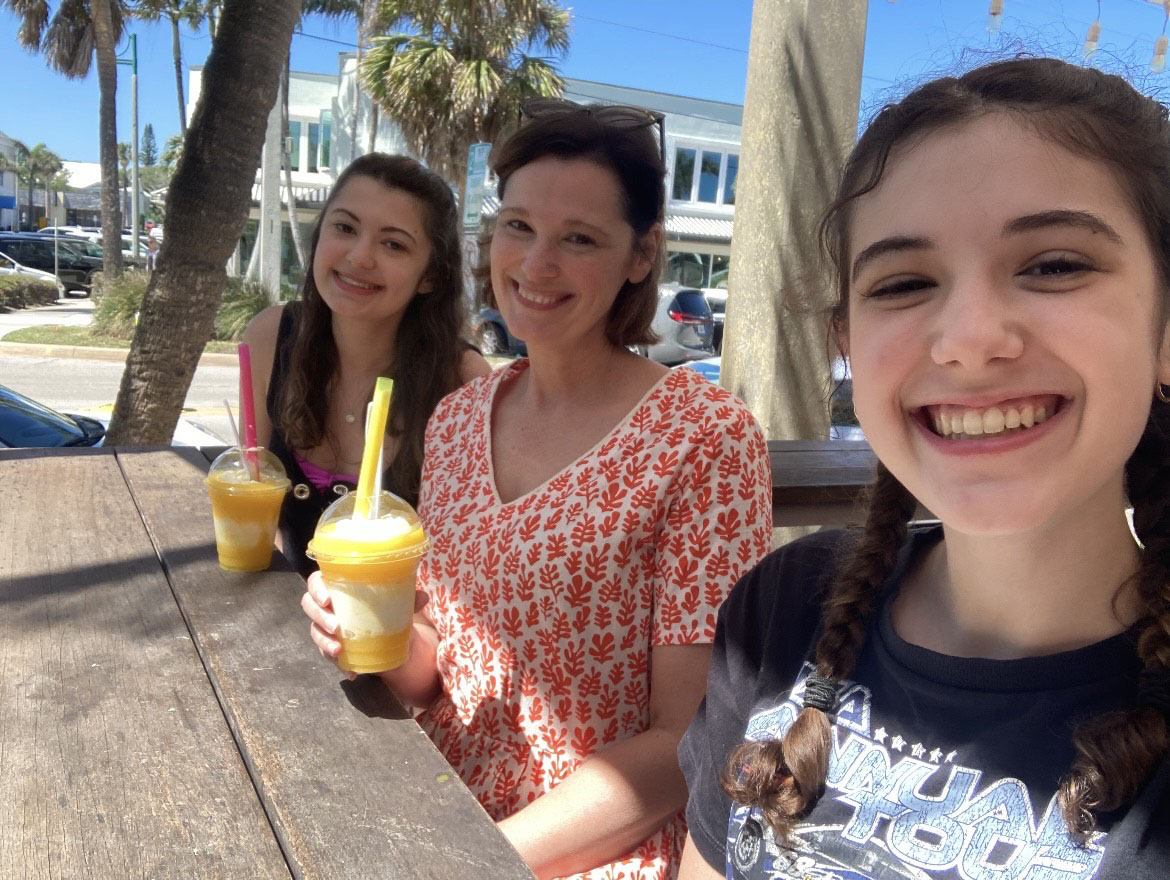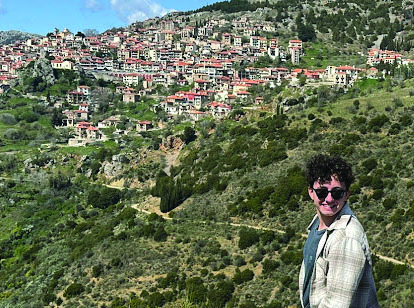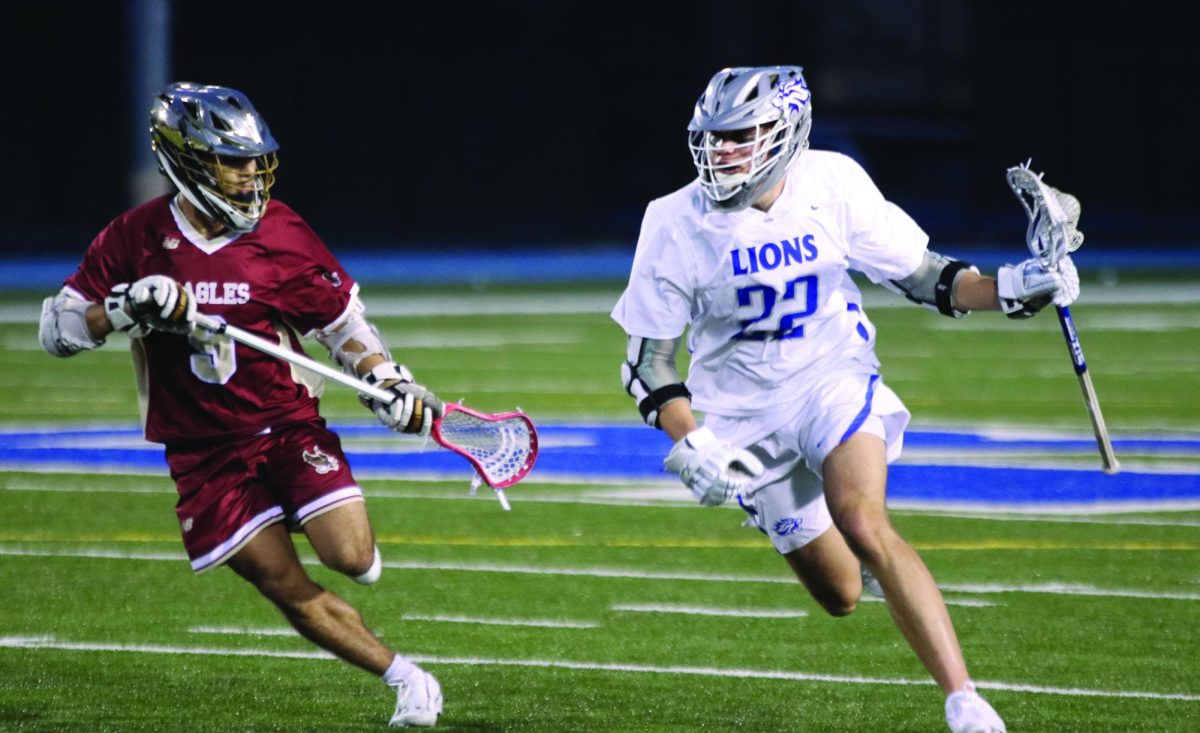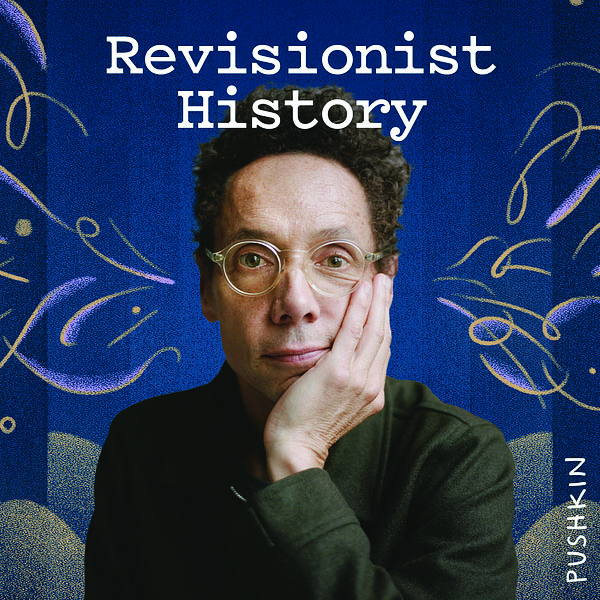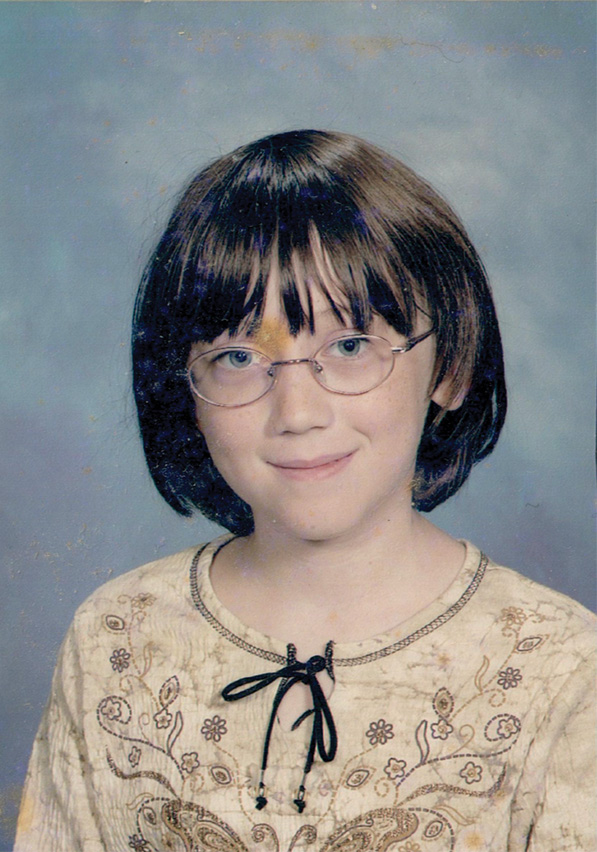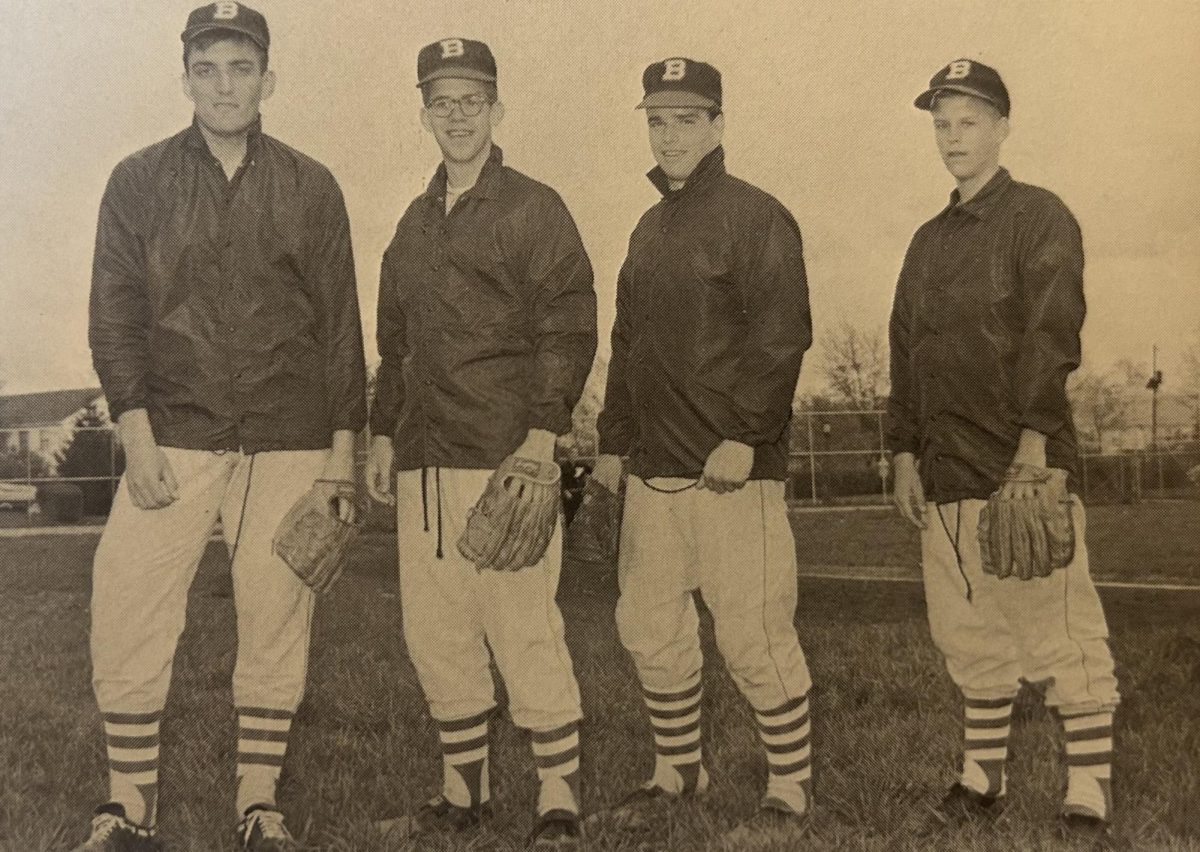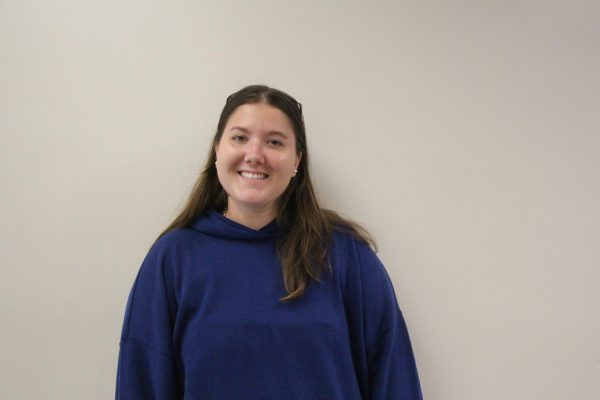Read more about Bexley’s LGBTQ+ community here and here.
The district strives to create an inclusive environment for all students, but do the LGBTQ+ students of the high school truly feel welcomed and part of the community?
Charlie Brooks*, a student who identifies as a-gender and lesbian, said the large number of LGBTQ+ students at the high school makes the environment feel safer.
“The queer kids who are here have created a great community within themselves,” they said.
Although the environment of the high school does not feel like a dangerous place, it is not entirely accepting, Brooks explained.
“Honestly, I have found a lot of trouble with being able to be proud about my gender,” Brooks said. “I don’t constantly feel like I am going to be scrutinized for being gay or non-binary, but it’s not necessarily a warm-welcome hug.”
LGBTQ+ students face misgendering in classrooms by teachers and students in their daily lives, Brooks added. They explained that without proper education surrounding pronouns and the LGBTQ+ community as a whole, some students will continue to disrespect the identities of other students.
“You learn about gay people, you learn about LGBTQ+, but there’s no great outline to talk about gender,” Brooks said. “It creates a lot of miseducation and confusion.”
Student Aria Stubert* is a member of the Gender-Sexuality Alliance (GSA) at the high school and explained the club discusses ways the school can improve the experiences of LGBTQ+ students and provides a safe space to talk about their experiences and concerns.
Stubert added that the city of Columbus does more than most communities to promote pro-LGBTQ+ policies and initiatives, with influential organizations like Stonewall Columbus.
“I think it’s uncommon to find a city that is so vocal about their support for LGBTQ+,” Stubert said. “Looking at Bexley, we could definitely do a better job at putting a spotlight on the LGBTQ+ community outside of Pride Month.”
Stubert said acceptance varies across friend groups and smaller communities within the school.
“I strongly believe that the beliefs of the people you surround yourself with end up reflecting your own,” Stubert added. “People will always hold their friend’s opinions to a higher value than a stranger’s, so close-minded sentiments coming out of their mouths are influential.”
Stubert said more should be taught about the LGBTQ+ community and its history to students to avoid bullying and harassment as a result of ignorance.
Diana Clark*, a student who identifies as bisexual, said the staff and administration are helpful and inquisitive about the LGBTQ+ students. At the beginning of every year, teachers make an effort to request each student’s pronouns and preferred names, in case they differ from the administrative lists or have been changed since past years, Clark shared.
Within any diverse community, she explained, there are people who choose to be accepting and people who choose to not be.
Clark shared an experience from a past year when a student had questioned whether or not she was a girl or a boy in the hallway between classes. Experiences like this, she said, continue to make her aware of how the school falls short of an accepting community.
“It reminded me that Bexley is not this perfectly inclusive place,” Clark said.
Rylan Foster*, a student who identifies as queer and transgender, described the Bexley environment as sometimes alienating for LGBTQ+ students.
Foster explained that friends and certain teachers, such as art teacher Mabi Ponce de León and social studies teacher Dianne Day, provide supportive spaces within the school’s isolating atmosphere as a whole.
As a member of a sports team at Bexley, Foster shared that the environment was not always accepting. Playing on a team and identifying as other than the team’s specified gender made Foster feel as though they had to discard their identity to remain on the team. They added that this experience made Bexley’s welcoming and inclusive message feel like a facade.
The Bexley community feels like a safe place to an extent, Foster said, with instances such as teachers wearing pronoun pins to create a more open discussion. However, some students feel like they have to tone down their true personalities to avoid scrutiny, they explained.
“It’s important to not feel like you have to be on your toes when you’re at school,” Foster said.
Foster further explained that teaching LGBTQ+ history is imperative because it can show students who are a part of that community that they are not alone. They said incorporating more LGBTQ+ history into the district’s curriculum could create more awareness and acceptance within the high school.
With an updated curriculum, students would be able to inform themselves and teachers would be able to advise on specific topics related to the LGBTQ+ community, Foster explained.
“People are scared of what they are not familiar with because it makes them feel vulnerable,” Foster added. “A lot of discrimination is just ignorance.”
*Names have been changed
